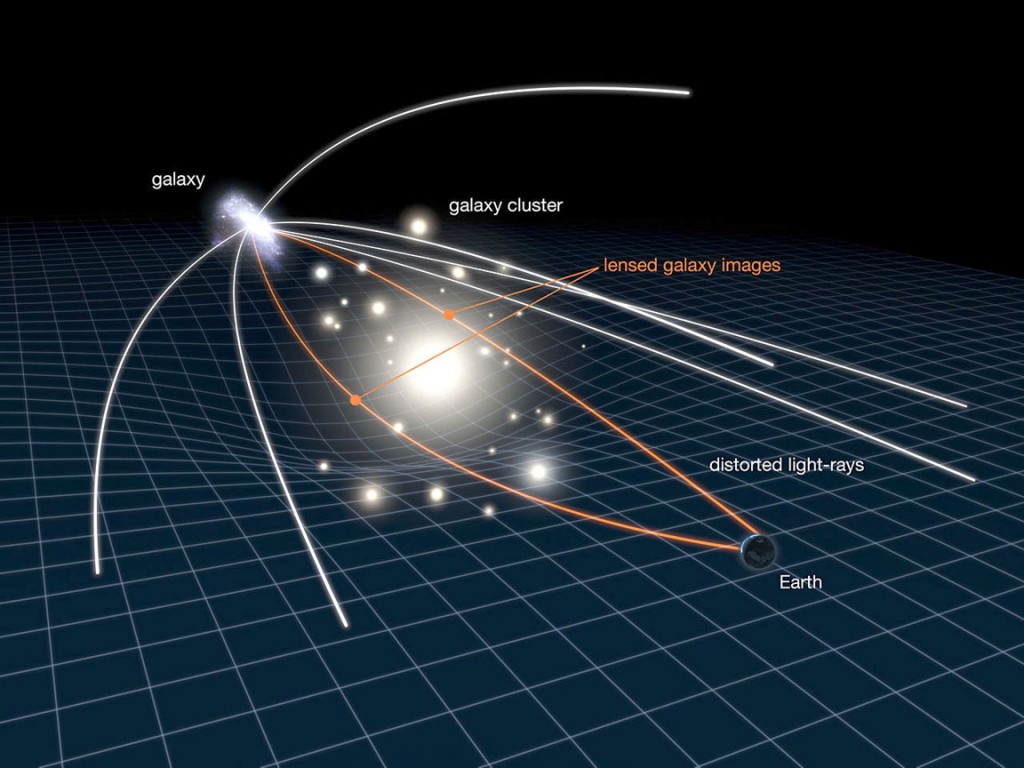Predicting the death of a star is easy. If we know how massive it is, and what stage of life it’s in, we know that it should explode eventually, within a set timeframe of many hundreds of thousands, or even millions of years. But on human timescales, that is just not good enough. What if we could predict a supernova explosion within a few months? For something that lives for so long, this would be a triumph in our understanding of the universe. Over the past couple of years, this is exactly what happened. Here’s how.

A supernova is one of the most energetic and cataclysmic events in the universe. So powerful, this explosion of a single star can outshine a galaxy of hundreds of Billions of stars and be seen across the observable universe. This is one of the best ways to determine distances to galaxies in the universe, since certain types of supernovae explode with the same intrinsic brightness.
An interesting consequence of Einstein’s theory of General Relativity is the concept of gravitational lensing. A distant galaxy, too far away to see, has a nearby galaxy or galaxy cluster in front of it, along our line of sight from Earth. The mass of this cluster bands space-time in it’s vicinity, and light from the distant galaxy is shifted toward the Earth, allowing us to see it.

The result is complicated, but understood, and allows astronomers to piece together the structure of far distant galaxies and clusters that we would not be able to see otherwise. The video below shows how complex gravitational lensing can be.
In 2014, astronomers were observing a galaxy in a strange gravitational lensing alignment called an Einstein Cross. They noticed a supernova was exploding in the galaxy that was being lensed. By measuring the positions of the lensed galaxy and looking at the structure of the cluster in the foreground, they were able to predict that we would see the same supernova again in the future!

The reason this is possible is that the light from the original supernova takes many paths through space. As it is lensed by the cluster, different light beams travel slightly different distances, and so it takes different amounts of time for each light beam to reach us. The supernova is Billions of light years away, but this slight difference in path distance means that a few years separate the arrival of each light beam. This difference of a few years is especially important because the supernova is only visible for a few weeks. Put all this together and we end up seeing the same supernova in different places, several years apart. And we can predict when and where it will appear again!
The Einstein cross appeared in 2014, and astronomers’ models of the galaxy cluster predicted that the supernova would be seen sometime in 2015, and on December 11th, it appeared, right where they predicted. This is the first time a supernova explosion has been predicted, and really shows the power of our understanding of Einstein’s General Relativity.
Space is strange, but understanding it gives us the power to predict the future.
